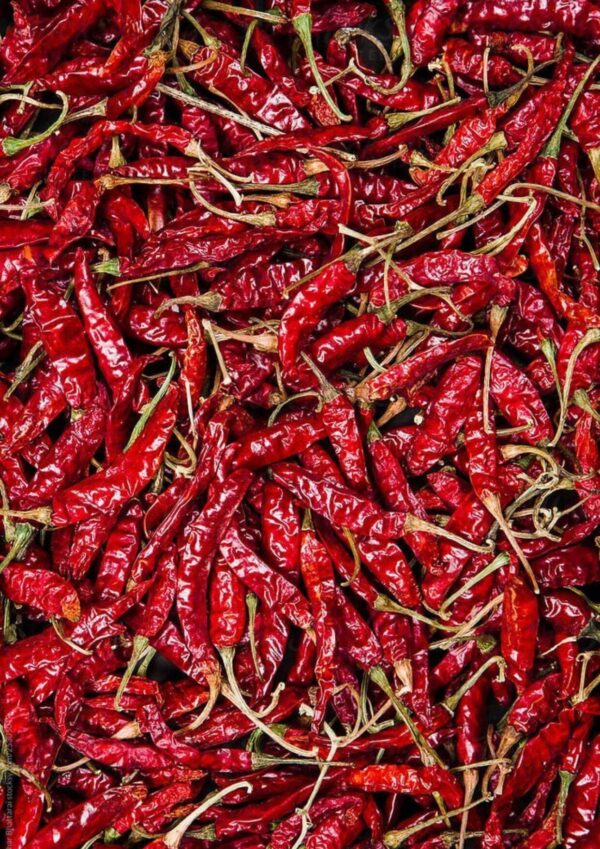Support: +0413 490 1050

Chilly
As we sat down to a plate of Hungarian goulash, the brilliant red hue of chilly visually hit us before its sweet caramelizing notes. Sold as ground or powdered form of non-pungent red varieties of Capsicum annum, Chilly is grown in Hungary, Morocco, Spain, Mexico, Turkey and the U.S. Indispensable to Hungarian cooking, paprika has a wide range of colors and pungencies. Popular in eastern European stews, sausages, omelets, soups and BBQs, it is also added to Andalusian sofritos, chorizos and fish dishes, North American potato salads, devilled eggs and chilis. It is also an essential ingredient in many spice blends of the Middle East, North Africa and North India.
HISTORY
Chilli Pepper is grown extensively in India. Red chillies are grown over 792,000 hectares of land in the states of Andhra Pradesh, Karnataka, Madhya Pradesh and Maharashtra. Around 1,376,000 million tons of red chillies are produced in India every year. Of these chillies 70% are consumed domestically, while Chilli Pepper exporter in India exports the left 30%. The Chilli Pepper import from India has been increasing due to the premium quality of chillies exported from India.
SPECIFICATION
| Product Name | Chilli Pepper |
| Origin | Mexico |
| Family | Solanaceae |
| Binomial name | Capsicum annuum |
INGREDIENTS
| Nutrients | Calories 40 kcal, Total Carbohydrates - 9 g, Dietary Fiber - 1.5 g |
| Minerals | Calcium, Iron, Magnesium |
| Vitamins | Vitamin A, Vitamin C, Vitamin B-6 |
| Protein | 2 g |
| Fat | 0.2 g |
USES
> Chilli Peppers are sometimes prepared and eaten like a vegetable. The pods can also be dried and then crushed or ground into chilli powder that is used as a spice or seasoning for recipes.
> Capsaicin is a chemical in chilli peppers that gives them the flavour and makes them hot. This chemical is used as an analgesic in topical ointments, nasal sprays, and dermal patches to relieve pain.
> Chillies are used in several cuisines across the world be it the Indian cuisine, the Chinese cuisine or the Italian cuisine.





